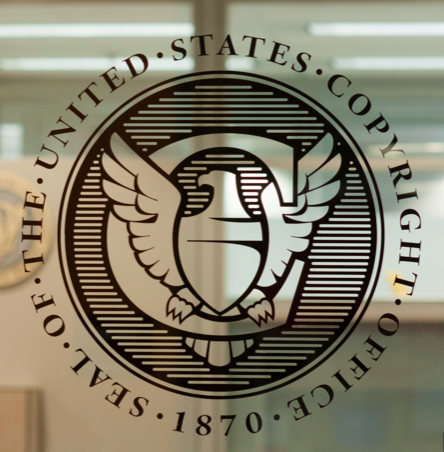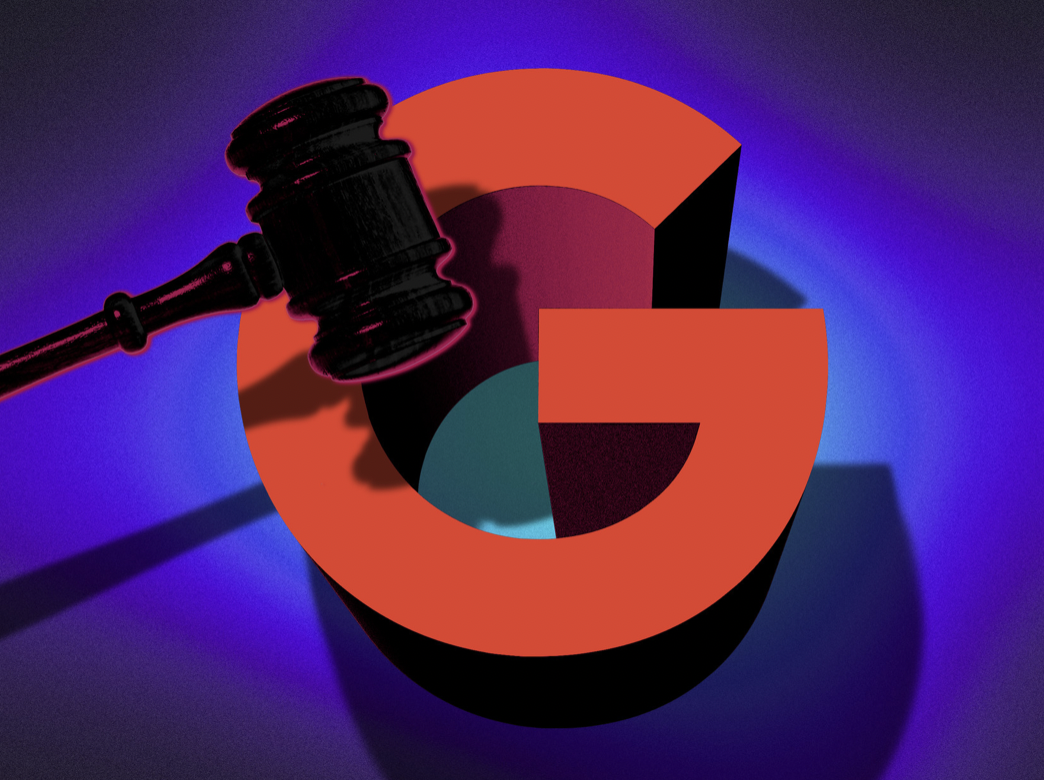US Copyright Office Reject Reform Calls

The US Copyright Office has declined to review the compulsory licence that covers the mechanical copying of songs within the US in response to a request by American songwriter George Johnson.
The compulsory licence allows anyone to make a mechanical copy of a song in the US without getting bespoke permission from its writer or publisher, providing they go through the administrative process set out in the compulsory licence and pay royalties at rates set by the US Copyright Royalty Board.
As well as covering the pressing of physical recordings of songs, the licence also applies to the copying element of a stream. This means that, whereas in most other countries streaming services negotiate deals with either publishers or collecting societies to licence the copying element of each stream, in the US they can rely on the compulsory licence and the rates set by the CRB.
The laws in question date as far back as 1909, long before the mass production of recorded music was technologically possible. Back then the licence was protecting artists against their songs being used in player piano music rolls. This is clearly a far cry from today, when a copy of a song can receive billions of listens, instead of a perhaps few dozen. There have been restructures of the licences price structure in recent times, but a push for more modern laws will continue until the industry and its laws are more aligned technologically.
Why Should YOU Care?
For Your Label – A complete restructuring of musical copyright laws isn’t on the cards for now, but knowing why the US Copyright Office is needing to discuss these policy changes can be important in understanding how your artists make money in the United States.
For Your Industry – The US Copyright Office seems to be staying firm in their decision to stand by century old laws for now, despite the rapid evolution of the music industry that has made the reason behind the initial inception of these laws seem archaic. That being said, next year’s review of the MLC – which administers the compulsory licence in the streaming domain – will provide another opportunity to seek a review and possible reform.



